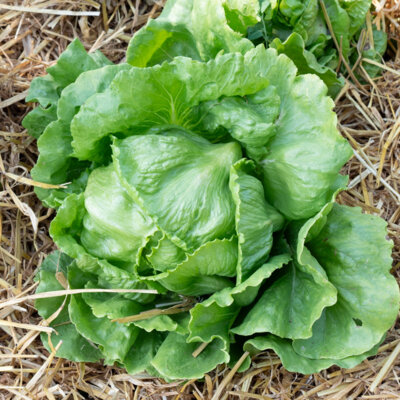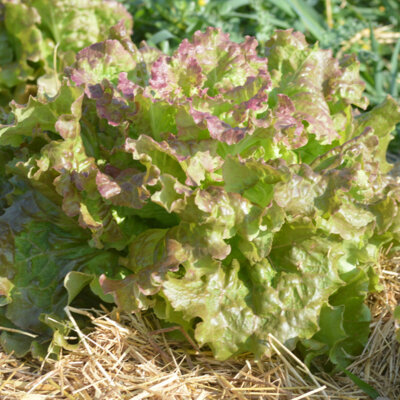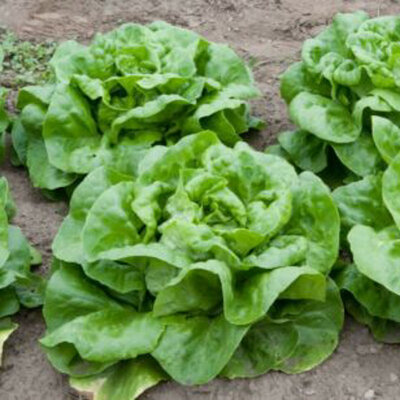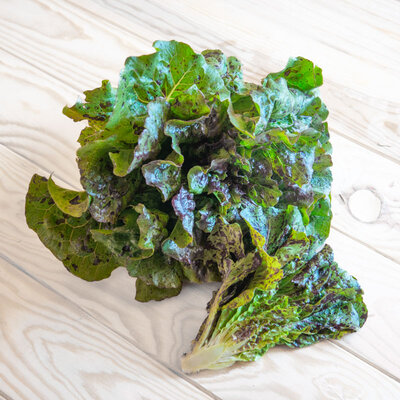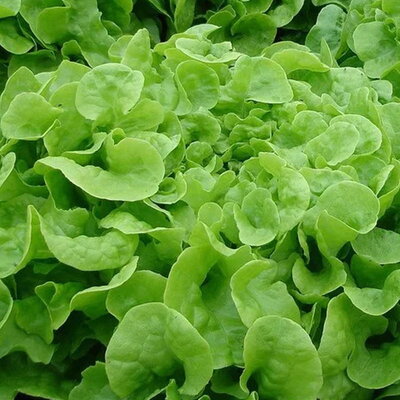
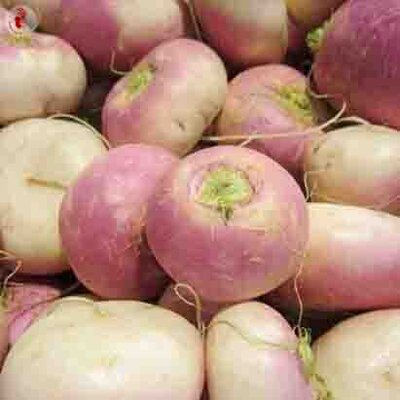
Early D’Auvergne - Turnip
This productive variety has large, flattened, white roots with purple collars, around 15 cm in diameter. Very hardy, it tolerates light frosts and is suitable for autumn cultivation. This turnip is grown for its firm flesh and excellent flavor.
Characteristics of the early Auvergne turnip
The Hâtif d'Auvergne turnip or Hâtif d'Auvergne turnip, Brassica rapa, is an early variety of root vegetable native to France. It was mentioned in Vilmorin-Andrieux's Les Plantes Potagères in 1890. This turnip produces large, round, flattened white roots with purple collars. Its firm, sweet white flesh is an excellent addition to many recipes, including soups, stews and pies.
There are also white turnips with red collars and white turnips with green collars.
Successful early turnip seedlings
Turnips are sown outdoors from March to September, for harvesting from May to November. This early, hardy variety is best suited to autumn sowing. Choose cool, rich, humus-bearing soil and a half-sun exposure.
Sow directly in the vegetable garden, after the last frosts, in rows 25-30 cm apart. Cover the seeds lightly, press down and keep the soil cool. Thin to 10 cm when plants have 5 to 6 leaves.
Turnips don't like drought, as it makes their roots fibrous. Regular watering is therefore recommended.
To keep insect pests away from this root vegetable, consider sowing fennel in the vegetable garden. This root vegetable also works well alongside tomatoes, celeriac, lettuce, beans and dill.
Harvesting and storing early Auvergne turnips
The Hâtif d'Auvergne turnip is best suited to autumn and winter harvests, but can be sown as early as spring for earlier harvests.
For winter storage, harvest this turnip before the first frosts, from September to November. After drying for a few days, removing the tops and wiping dry, the selected roots are buried in a sheltered place, such as a cellar or silo, in sand or sawdust. They keep for 2 to 4 months.
Like white cabbage, turnips can also be preserved finely sliced and pickled in jars to make "turnip sauerkraut".
Turnips can also be left in the vegetable garden, protected from frost with a good mulch. Watch out for pests such as the cabbage maggot, which burrows into the turnip root, and the flea beetle, which attacks the leaves.
How to cook turnips
Turnips can be used in salads, purées, soups, etc. They can be eaten on their own or served with meats, mushrooms and fruiting vegetables. This root can be prepared raw, grated into a salad, or cooked in the oven, frying pan, saucepan or pressure cooker.
Rich in fiber and 90% water, turnips help keep the intestines moving smoothly. It is popularly known for its emollient and soothing properties. It is also sometimes used to treat chest illnesses. Rich in vitamins (including vitamin C and vitamin B) and trace elements (notably iron, zinc and copper), turnips can be included in the diets of convalescents, the weak and anemic, and athletes.
These products may also be of interest to you
Sow lightly, directly in place, after the last frosts, in rows 25-30 cm apart. Cover seeds lightly, press down and keep soil cool. Thin to 10 cm when plants have 5 to 6 leaves.
Turnips do not appreciate dryness, which makes their roots fibrous. Regular watering is therefore recommended. Roots kept for the winter should be harvested before the first frost and stored in a cellar. They can also be left in the garden, protected from frost, but beware of pests.
Brassica rapa
From 800 to 1000 g
500 seeds
From 60 to 100 cm
From 12 to 15 cm
France
1890
"Vilmorin-Andrieux "Les Plantes Potagères
This ancient variety originated in France. It is also known as "hâtive d'Auvergne rave". It is mentioned in Vilmorin-Andrieux's 1890 book "Les Plantes Potagères".



